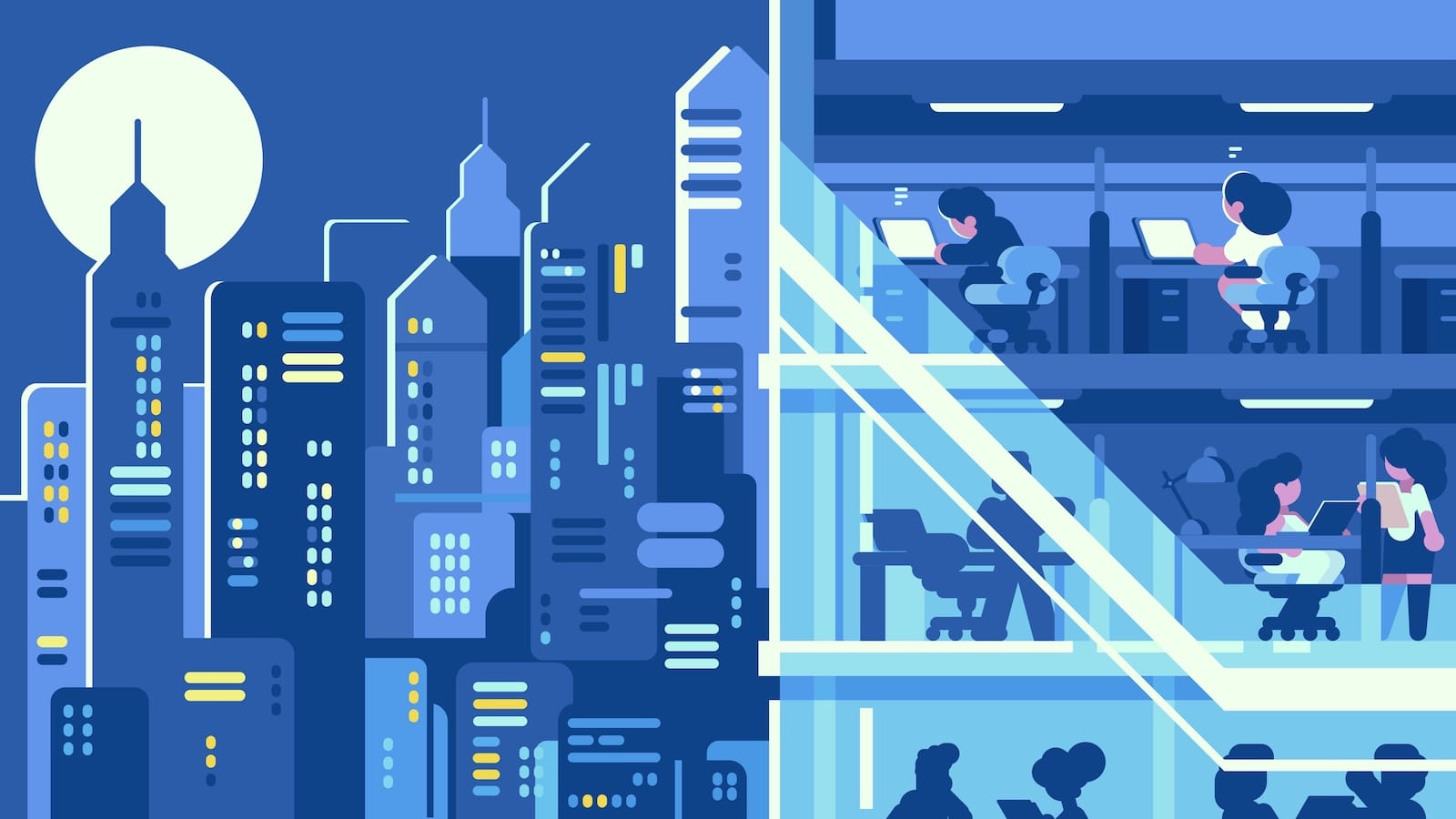This article was written by Daphne Tomlinson, Independent Senior Research Associate at Memoori.
The Smart Building Conference held on 5 February at ISE 2018 in Amsterdam brought together experts and thought leaders to present and discuss the latest technical innovations and business drivers in the Smart Building marketplace. The one-day, twin track conference explored the theme "From Smart Building to Smart City".
This short summary focuses on two standout presentations from the commercial buildings track, which provided some thought-provoking insight into current and future directions of IoT-enabled smart buildings and cities.
Daniel Schroeder, Head of Smart Space at Siemens Building Technologies presented his views on how Smart Buildings must go beyond energy-saving and IT technology to untap a greater value by addressing the personal productivity and individual efficiency and comfort of occupants.
He illustrated his view of Smart Spaces by presenting Siemens solution at the Agnelli Foundation in Turin, Italy, previously covered by Memoori, in which real time indoor positioning of occupants of this co-working space means the building can manage lighting, heating, space allocation and air conditioning as and when people move about. See also our recent report on Occupancy Analytics and Location Based Services for further discussion of this topic.
Driving occupant experience will be a crucial cornerstone of buildings, bearing in mind the JLL value proposition ($3-$30-$300 per square foot) that the highest costs for businesses are salaries, rather than energy costs or rent.
The business logic for Siemens is that with data as a foundation, continuous optimization of space and more productive people drives new customer value and recurring business opportunities.
Schroeder emphasized the importance of "humanizing technology to avoid the pitfalls of current offerings". He highlighted the fact that the average enterprise is using many different cloud services. Instead of boosting productivity and output, the current mass of disjointed cloud services is overcomplicating the digital workplace experience.
"Even today's smart buildings fail to deliver on their promise as they are not human-centric."

World renowned architect and one of the world’s leading experts on the development of smart building and urban development, Professor Carlo Ratti, the Director of MIT Senseable City Lab, participated in the closing panel of the conference before going on to present the ISE Opening Address. Ratti discussed his research at MIT and how the increasing deployment of IoT solutions is allowing a new approach to the study of the built environment. He illustrated this with research projects from three sectors: mobility, offices and retail.
“The future is not written in stone,” he said. “It’s up to us to make the decisions about how we want to live in the future. We have it in our power to invent the way things will be.” Ratti believes that the future is full of possibilities about how we want to work and play in cities – and technology is the enabler of those possibilities.
His idea of creating a new hybrid universe – encompassing both the digital and physical space will be crucial, but not all the way into the virtual world. "We need physical spaces as well – we want to exchange ideas, collaborate - but our future is not just living in the virtual road."
“What’s most important is not what we’re doing, but that what we’re doing becomes public knowledge. We need to have an open conversation. The results of our work should be out there for people to consider."
At the end of the day, decisions about how we will live in the future should not be made by giant corporations or scientists or states – they should be made by the citizens themselves, fully armed with the knowledge of the different possibilities. It’s they who should decide what kind of cities we will inhabit in the future.”
[contact-form-7 id="3204" title="memoori-newsletter"]



